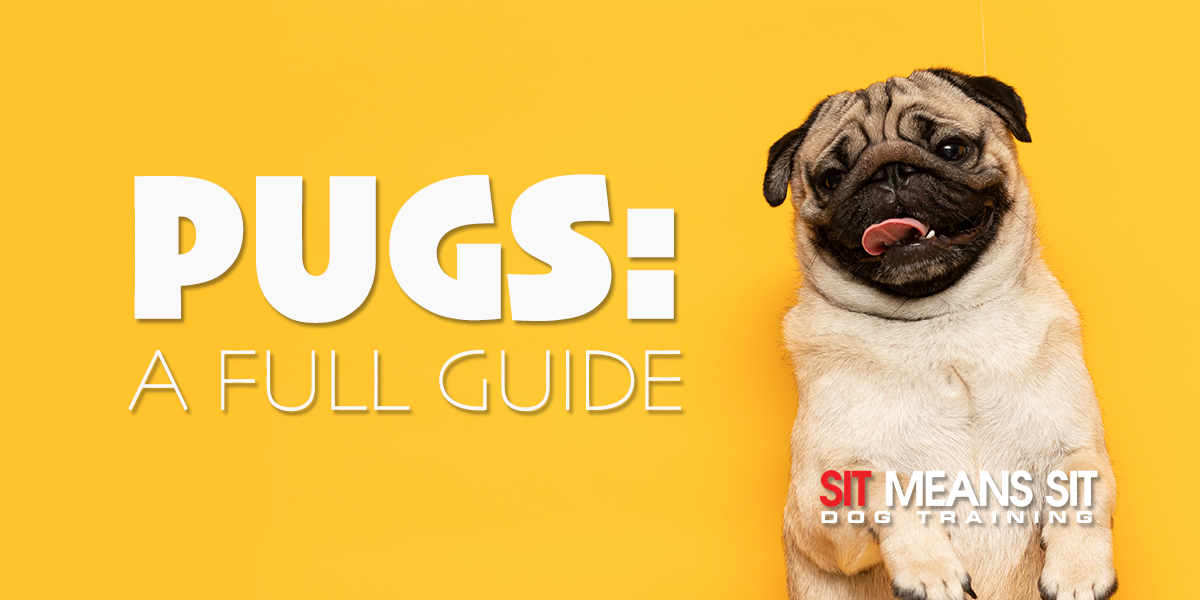
Everything You Need to Know About Pugs: A Full Guide
Are you thinking about adding a four-legged friend to your family? Read below to learn everything you need to know about Pugs!
Basics
Pugs are one of the largest toy breeds infamous for their wrinkly faces, curly tails, and silly personalities. They tend to be 10-13 inches tall, weigh 14-18 pounds, and have an 11-15 year life span. The pug is not a hunter or working dog. Instead, they were bred to be companions. So, they love lounging with you and following you wherever you go.
Temperament
Pugs are known for being stubborn and always getting what they want. However, they respond well to positive reward-based training. You will find the most success by keeping training fun! Additionally, they are curious, friendly pups interested in whatever you are doing and meeting new people and dogs.
Physical Needs
Pugs are not suited for hot climates, long-distance runs, or strenuous exercise. So, they are an excellent choice for someone who wants a laid-back, indoor cuddle buddy. However, they are prone to putting on weight. So, be mindful of what treats and table scraps you feed them on top of their 2-3 small meals daily. A well-socialized pug is rarely aggressive or territorial and makes great couch potatoes!
Health And Grooming Needs
Pugs are brachycephalic, meaning they have a squished face restricting their airways. So, they are prone to breathing difficulties if they get too hot or exhausted. This also means that they should have a harness instead of a collar. This diverts pressure from the trachea to the torso.
Additionally, pugs have been known to have seasonal allergies that tend to affect the skin. You should regularly clean your pug’s wrinkles to avoid dry and itchy skin. Adding omega-3s to your pal’s diet can help manage skin allergies. Lastly, dry eyes, ulcers, and proptosis can affect pugs’ eyes. So, monitor your canine’s eyes and take them to the vet if you notice anything abnormal.
Pugs are also prone to ear infections. So, could you monitor your pal’s ears and clean them frequently? It is essential to clear out trapped moisture to avoid infection.
While they have a short coat, they do shed! So, regular brushing is needed to maintain their coat and control shedding.
Follow the guide above when caring for your pug!
